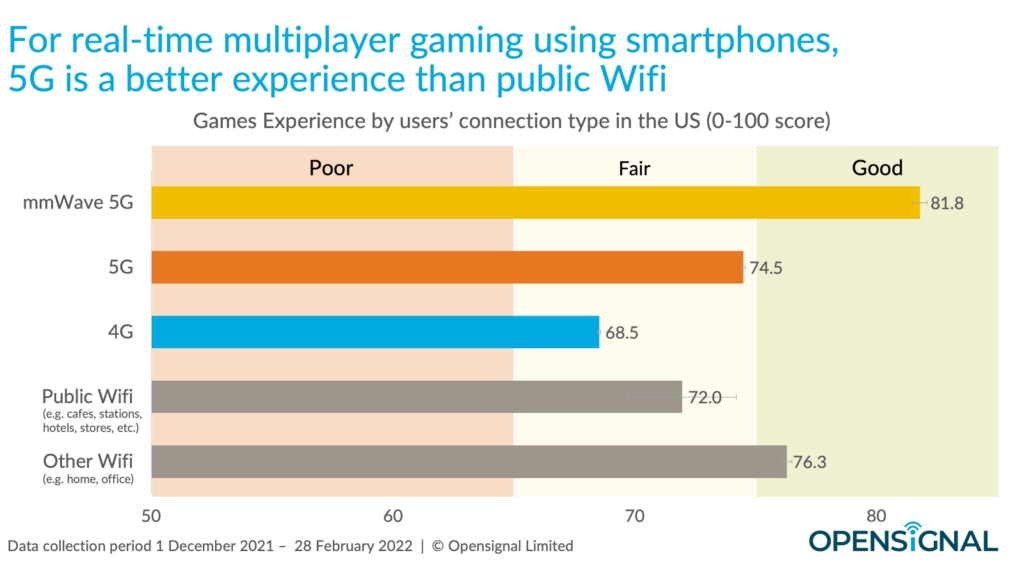As the world embraces the latest advancements in AI technology, one component that has emerged as a valuable asset is the graphics processing unit (GPU).
Leading GPUs can command prices in the tens of thousands of dollars, with Nvidia, a key manufacturer, witnessing a surge in demand that has propelled its market valuation past $2 trillion.
While high-end GPUs cater to AI applications, there are also less powerful variants found in smartphones, laptops, and gaming devices.
Unveiling the Power of GPUs
Originally designed for rendering intricate 3D graphics and accelerating video streams, GPUs have evolved to handle complex tasks efficiently.
Unlike central processing units (CPUs) with a few cores, GPUs boast thousands of smaller cores that work in parallel, making them ideal for tasks requiring simultaneous operations.
There are standalone GPUs for desktops and integrated GPUs for laptops and consoles, all controlled by the CPU.
Harnessing the Potential of GPUs in AI
GPU’s prowess extends beyond graphics to accelerating machine learning algorithms like deep neural networks, thanks to their ability to perform matrix operations swiftly.
As chip technology advances, GPUs are becoming more powerful, with data center GPUs and specialized AI accelerators offering enhanced memory and processing capabilities for training larger AI models.
Specialized Chips and the Future
While CPUs are incorporating AI-specific instructions, specialized accelerators like Google’s tensor processing units are being developed for dedicated AI tasks.
Creating specialized processors demands significant resources, and the popularity of specific machine learning algorithms may influence the longevity of such hardware.
For consumers, continuous improvements in GPUs and chips ensure ongoing enhancements in performance.



